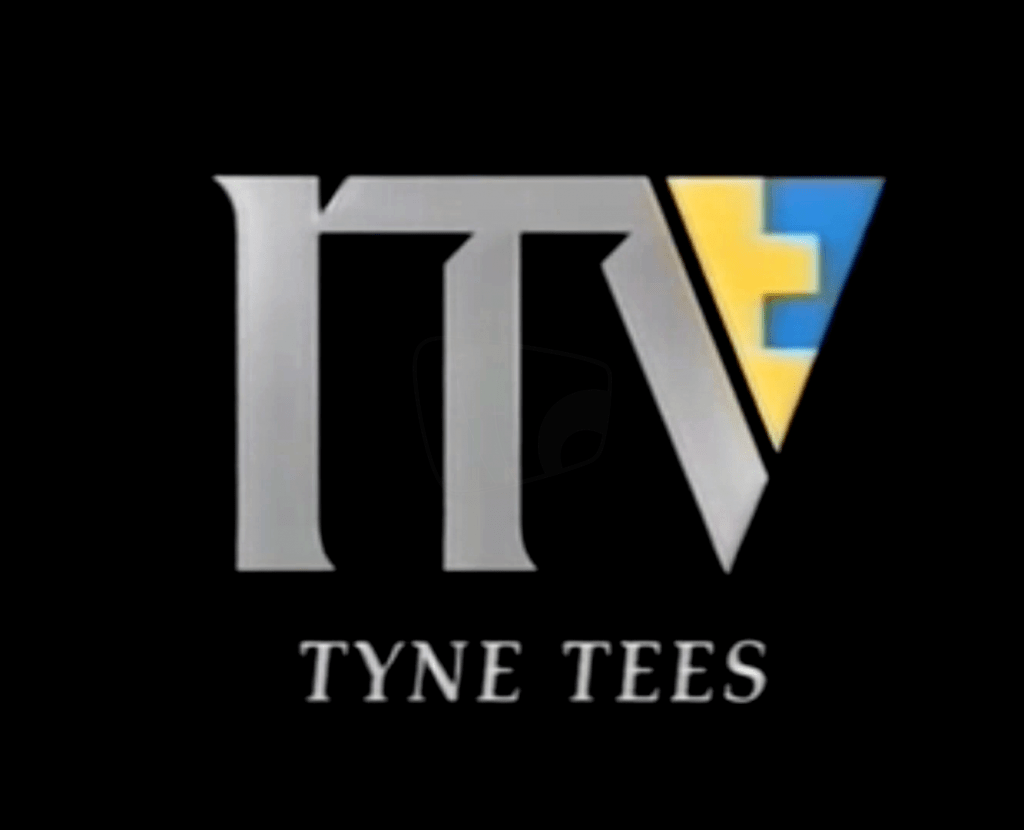FROM THE ARCHIVE OF: The TV Room
It’s 30 years since ITV’s first attempt at a proper corporate identity was launched.
The 1989 ITV logo was the first concerted effort to turn ITV into a brand although there had been previous attempts at generic logos – notably the “rainbow” ITV blocks seen on some trailers from the mid-1980s, which also inspired the ITV Schools graphics on Channel 4.
But 1989 was different. A whole design package was unveiled – a generic national logo, variants for each company and designs for sport, drama and Children’s ITV.
Around this time in 1989 a mysterious new ITV logo started appearing on trails for autumn programmes. On 1st September some regions adopted the new logo with gusto, replacing their own local branding.
And, of course the project mostly failed.

















The attempt at unified branding seemed to be a response to the 1988 White Paper on Broadcasting which proposed auctioning the ITV franchises to the highest bidder. The first signs of competition from satellite TV may also have been a factor.
The proposal to put franchises under the hammer was controversial but, as they set about fighting the scheme, the ITV companies realised they had an image problem.
Too many opinion-formers thought the channel simply showed game shows, soaps and other trivia. Clearer marketing and branding could help ensure that the ITV network was given proper credit for its high quality productions and the full range of its programmes.
There was more to the package than trails, idents and continuity but the inconsistent use across the network meant it was largely ineffective as a branding strategy.
It also failed to see off the threat of a franchise auction although the rules were modified to include a “quality threshold” which applicants had to pass, and dispensation for the ITC to overrule the top bid in exceptional circumstances.
The local use of the ident and logo varied widely across the network:
- Thames, LWT and Yorkshire – which had out-of-vision continuity – made full use of it; it appeared in practically every junction.
- Some smaller companies which still had in-vision continuity – such as Grampian, Border and Tyne Tees – also made full use of it but, in practice, its impact was limited as it was overshadowed by the on-screen announcers.
- Granada, Scottish and Central found ways to feature the ITV logo in a secondary role in their own branding packages.
- Several regions did not use it all – notably Ulster, TVS, TSW, Anglia and Channel.
- Within a few years, many of the companies which initially showed enthusiasm had returned to their regional idents and by 1993 only Yorkshire and Grampian were still using it.
The factors behind its failure were probably multiple. Some companies may have believed their local identity risked being diluted. The views of those in the boardroom may have influenced thinking in some places more than arguments about marketing.
Some companies may simply not have liked seeing their own logos reduced to abstract pendants. Yet, it was only a stay of execution for regional identities.
By 2002 a common presentation package was adopted across all the regions which were about to come together to form ITV plc. Channel also joined in.
Initially the two Scottish regions and UTV took altered versions of the package while maintaining their own names – but soon returned to distinct looks: no doubt, in part at least, because of their own corporate strategies.
So what about today? It is impossible to imagine STV adopting ITV branding or aligning its look with that of ITV – this will only happen in the event of a takeover by ITV plc. This has been predicted for years by some but has yet to happen.
And what of UTV, bought by ITV in 2016 – will it eventually adopt ITV branding? There’s the question of what will happen when ITV network’s current set of idents – Project 52 – ends at the end of this year.
Although UTV has never taken previous ITV branding packages, the idea that viewers in Northern Ireland do not recognise ITV is highly questionable. They are fully aware of the ITV name within programmes and online, not to mention all ITV’s other channels and services. UTV is, as we know, only responsible for news and typically a couple of hours a week of local output.
If UTV were to simply become the local “secondary brand” – in the same way that English regional names survive in regional news titles – it would be hard to argue that it represented a fundamental shift in the character of the station.
Trails are voiced by the network artistes and a shift to ITV idents would not necessarily imply that UTV’s two announcers were no longer needed. Indeed they could smooth over any transition.
But imagine if the ITV package 30 years ago had been fully successful. It could have changed the whole look of the network and provided some visual unity even where the individual companies, behind-the-scenes, remained fierce rivals.
Acknowledgements
PICTURED: ITV ident: Central Version. SUPPLIED BY: Online. COPYRIGHT: ITV plc.


Leave a Reply